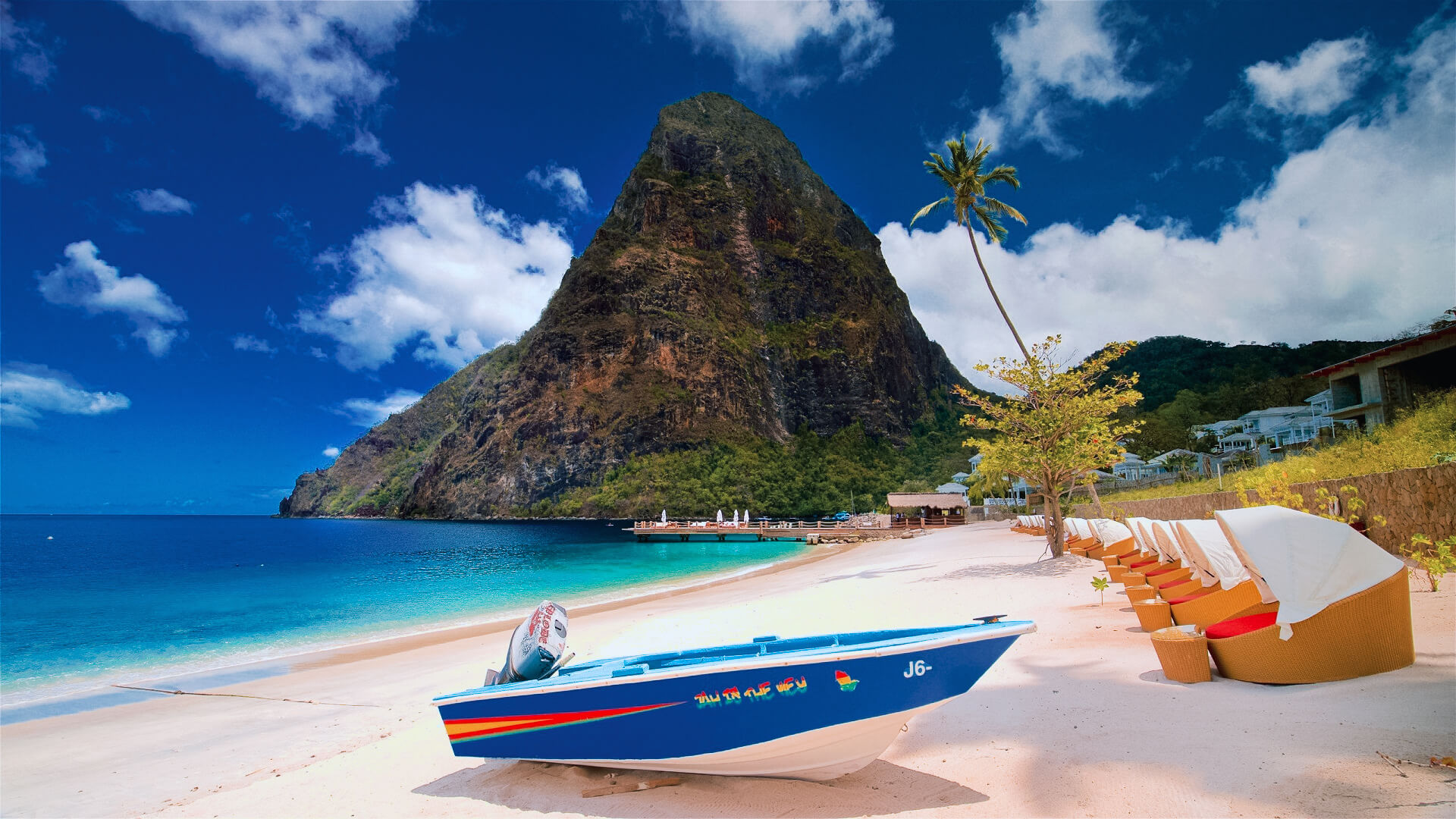[lwptoc]
Saint Lucia is a sovereign island nation located in the eastern Caribbean Sea, near the Atlantic Ocean’s border. It is situated north/northeast of Saint Vincent, northwest of Barbados, and south of Martinique. It has a land area of 617 kilometers (238.23 square miles) and a population of 165,595 people as of the 2010 census. Castries is the capital.
The French were the first Europeans to settle on the island. In 1660, they made a pact with the indigenous Carib Indians. From 1663 until 1667, England ruled the island. It was at war with France 14 times in the subsequent years, and the island’s rulers changed often (it was seven times each ruled by the French and British). The British gained full possession of the island in 1814. Saint Lucia was often dubbed the “Helen of the West Indies” due to its frequent transition between British and French rule.
In 1840, representative government was established (with universal suffrage from 1953). The island was a member of the Federation of the West Indies from 1958 to 1962. Saint Lucia became an independent Commonwealth of Nations member state affiliated with the United Kingdom on 22 February 1979. Saint Lucia is a hybrid jurisdiction, which means that its legal system is influenced by both civil and common law. St. Lucia’s 1867 Civil Code was based on the 1866 Quebec Civil Code, augmented with English common law-style laws. Additionally, it is a member of La Francophonie.


